How To Choose The Right Pickleball Paddle for Beginners or Intermediate Players
Pickleball is one of the fastest-growing sports in the world, combining elements of tennis, badminton, and ping-pong into an exciting and accessible game. Whether you’re just starting out or have a few games under your belt, choosing the right pickleball paddle can certainly improve your performance and enjoyment. With so many options on the market, it can be confusing. It is important to understand what features matter most for beginners and intermediate players.
Pickleball paddles come in various shapes, sizes, and materials and weights.
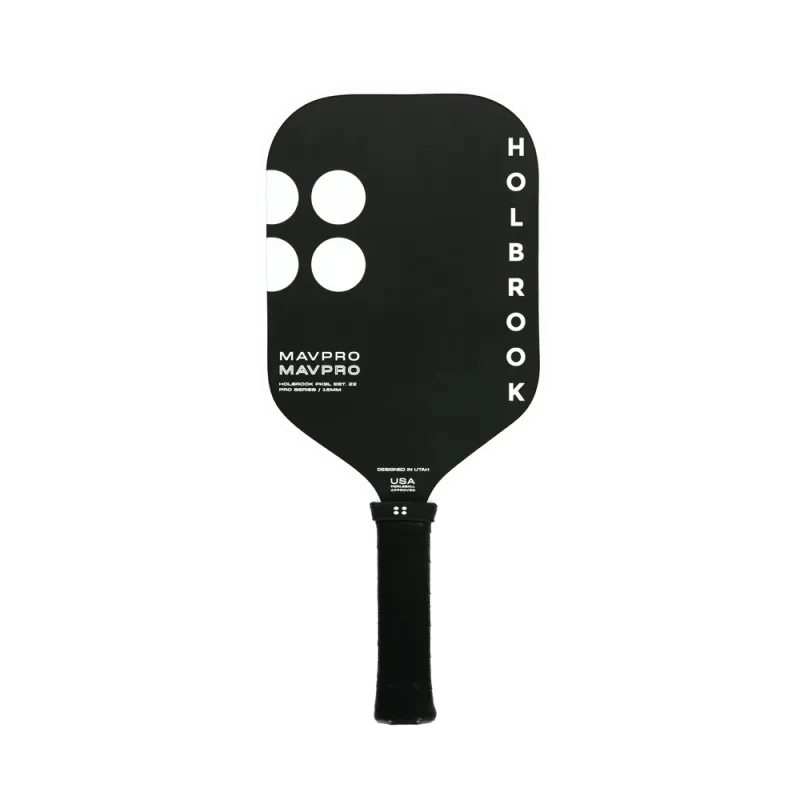
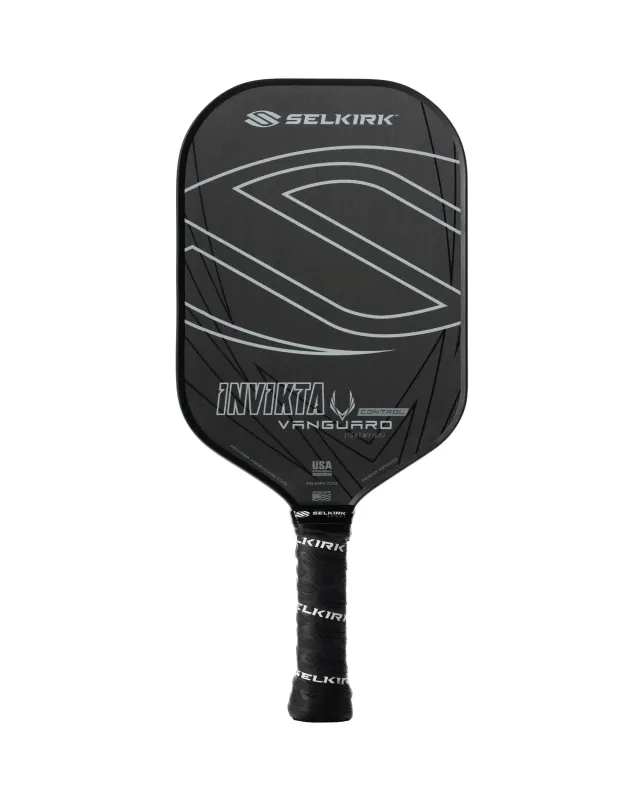
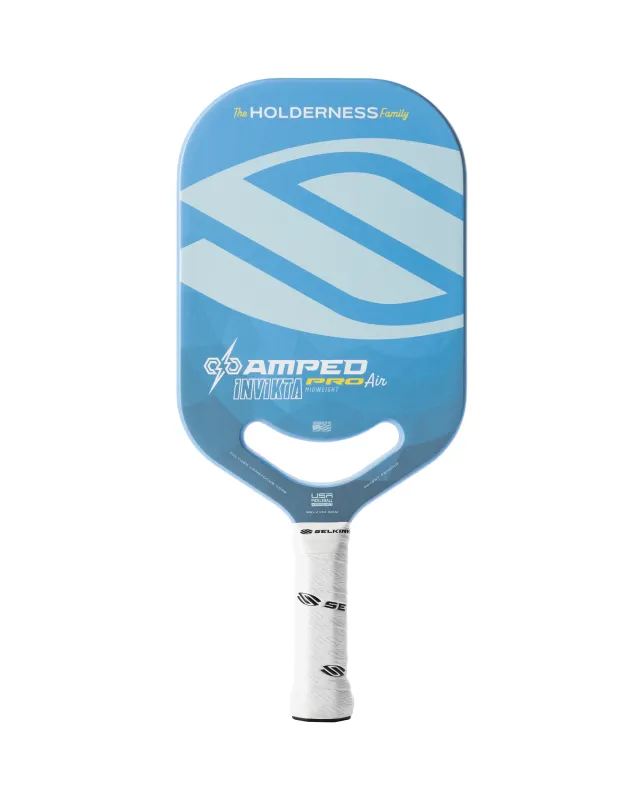
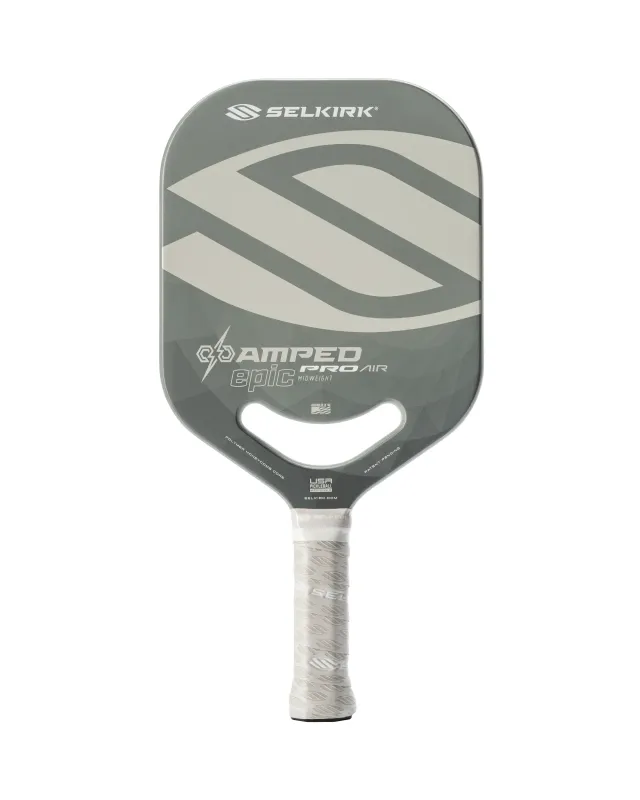
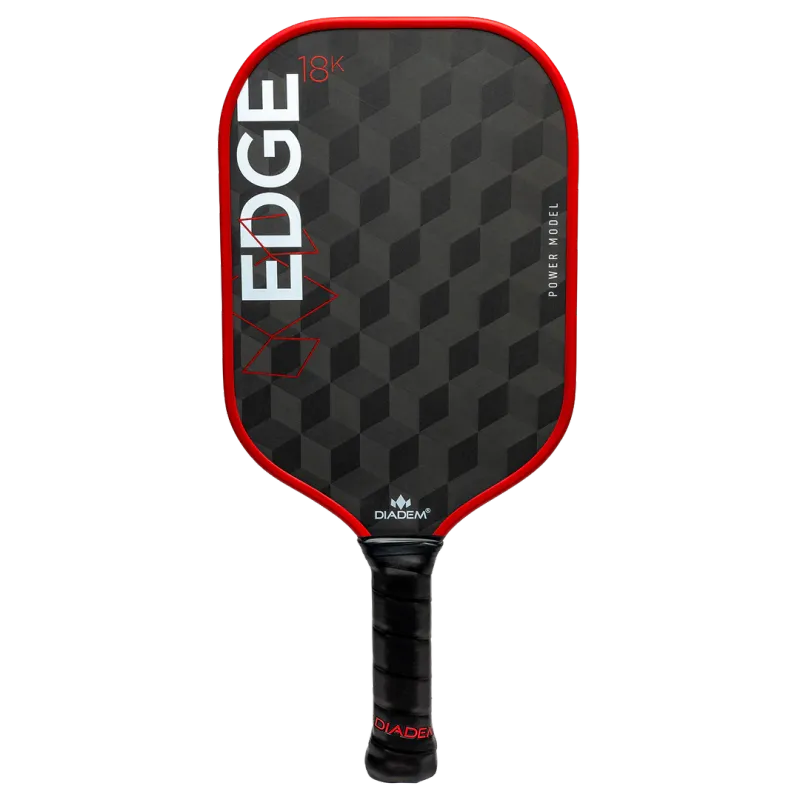
1. Paddle Weight: Finding the Right Balance
Weight is one of the most critical factors in choosing a paddle. Pickleball paddles typically range from 6 to 9 ounces. Lighter paddles (6–7.3 oz) are easier to maneuver and reduce strain on the elbow and shoulder, making them ideal for beginners. However, they offer less power. Heavier paddles (8–9 oz) provide more power but require more effort to control. A mid-weight paddle (around 7.5–8 oz) strikes a good balance for most players, especially those transitioning from beginner to intermediate levels.
2. Paddle Material: Core and Surface Considerations
The core of a pickleball paddle affects how it feels and performs. Most paddles manufacurers have a core made of polymer (polypropylene), aluminum, or Nomex:
- Polymer: Soft and quiet, offering good control and a forgiving feel. Great for beginners.
- Nomex: Harder and louder, providing more power but less control.
- Aluminum: Lightweight and responsive, but can dent more easily.
The surface material also matters. Graphite paddles are lightweight and offer a quick response, while composite paddles provide more texture, which helps with spin and control—ideal for developing players who are learning to vary their shots.
3. Grip Size and Comfort
Grip size can influence how well you control the paddle and how comfortable it feels in your hand. A grip that’s too large or too small can lead to discomfort or even injury. Most beginners do well with a smaller grip (around 4 to 4.25 inches in circumference), as it allows for more wrist action and control. Make sure the grip is also cushioned, especially if you’re prone to wrist or elbow strain.
4. Paddle Shape and Size
Standard paddles are about 8 inches wide and 15–16 inches long. Beginners should start with a traditional shape for a balance of control and power. As players advance, they might experiment with elongated paddles, which offer more reach and power but have a smaller sweet spot.
5. Price and Brand Reputation
While it might be tempting to buy the cheapest paddle available, investing in a quality paddle from a reputable brand like Selkirk, Paddletek, or Onix can provide better durability and performance. A good starter paddle usually costs between $50 and $100, with mid-range paddles at $150 and up.
Conclusion
The best pickleball paddle for a beginner or intermediate player is one that matches their current skill level and helps them develop their game. Look for a mid-weight paddle with a polymer core, composite or graphite face, and a comfortable grip. As your skills grow, you can explore more specialized paddles, but starting with the right equipment will set a strong foundation for your pickleball journey.
Purchasing your pickelball paddle
At String-n-Swing we have an extensive line of pickleball paddles. Let one of our pickleball experts help you find the perfect paddle for your needs. Feel free to stop by one of our shops in Memphis TN or Nashville TN or shop online at https://shop.stringnswing.com/products/pickleball-paddles.
Thank you for visiting! We hope this post helps you choose the right pickleball paddle for improving your game and enjoyment. Have fun!
Photo Credits:
https://unsplash.com
https://unsplash.com